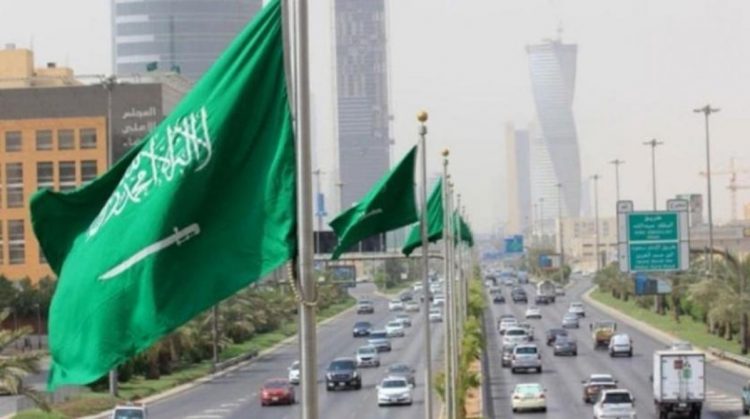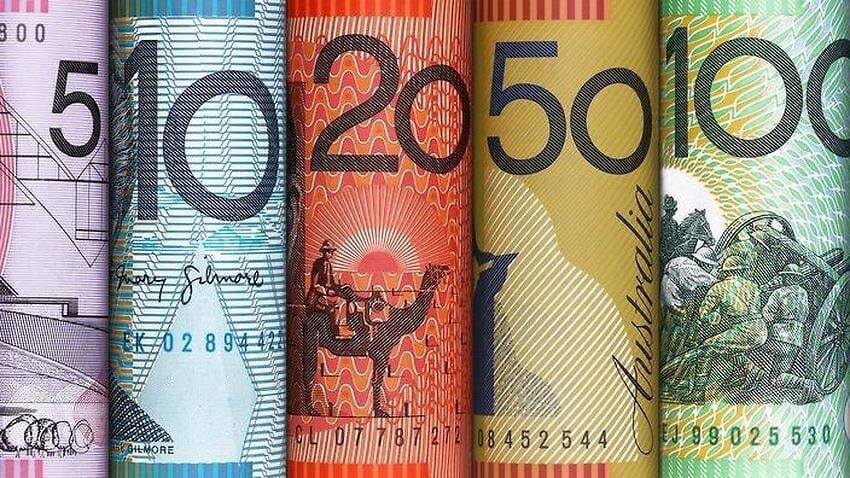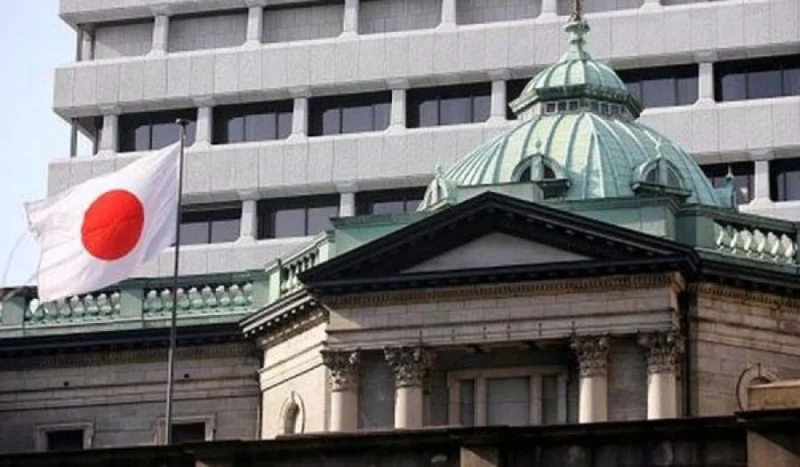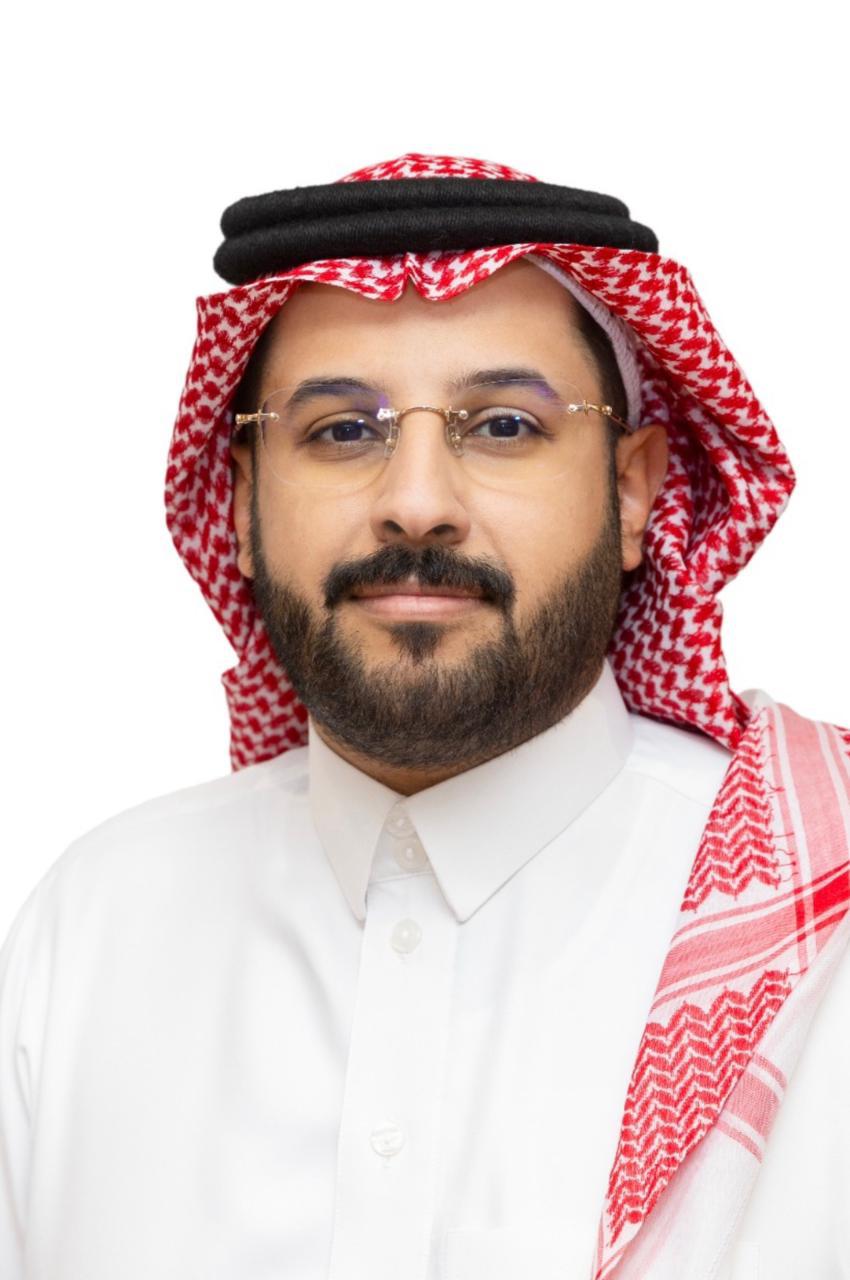Publisher: Maaal International Media Company
License: 465734
S&P confirms its positive outlook for Saudi economy, keeps rating at “A-/A-2″
اقرأ المزيد
The credit rating agency “Standard & Poor’s” affirmed its credit assessment of the Saudi economy at “A-/A-2” with a positive outlook, as a result of expectations of relatively strong economic growth supported by high oil prices and strong growth of the non-oil economy.
The agency pointed out that the rise in international oil prices and the increase in oil production, along with the strong growth in the non-oil sectors support the financial and external standards of the Kingdom of Saudi Arabia.
It also indicated that the ongoing macroeconomic reforms in Saudi Arabia are expected to help boost the economy’s production capacity, noting also that the positive outlook reflects the relatively strong Saudi GDP growth.
It estimates Saudi Arabia’s GDP growth to reach a 10-year high of 7.5% in 2022, leading to a recovery in per capita GDP to above pre-pandemic levels and then averaging 2.5% in 2023-2025.
Non-oil sector growth also remains strong, with robust services growth as the economy continues to rebound after the pandemic. The economy also benefits from large public investment projects, largely funded by the Public Investment Fund (PIF; the main sovereign wealth fund, with a wide mandate including external and domestic investment) and National Development Fund (NDF).
Tensions with Iran and Iranian-backed Houthis in Yemen persist, which, in our view, poses a potential threat to Saudi oil installations via drone attacks. However, U.S. President Joe Biden’s recent visit to Saudi Arabia has helped reaffirm the longstanding relationship between the two countries.
After a sharp pandemic-related contraction in 2020, Saudi Arabia began to rebound in 2021 alongside the global economic rebound, and oil demand and prices started picking up. The country’s real GDP grew by 3.2% in 2021 and we forecast robust 7.5% growth in 2022, and averaging 3.8% in 2022-2025. Our estimate of Saudi’s GDP per capita fell to close to $20,100 in 2020, down from a pre-pandemic $23,500 in 2019, but we forecast a rebound to $28,700 in 2022.
Real GDP expanded by 11% in first-half 2022, its highest in over a decade. Growth was driven by a sharp increase in oil activity by 22%, reversing the contraction seen between first-quarter 2020 and second-quarter 2021. Non-oil GDP growth picked up 5.9% during the same period. At the sectoral level, mining and quarrying (+22%), wholesale and retail trade(+11%), and manufacturing (+10%) led broad-based economic growth. Saudi Arabia is set to become one of the world’s fastest-growing large economies in 2022, with the IMF and Saudi authorities also forecasting real GDP growth in excess of 7% this year.
Majority state-owned oil major, Saudi Aramco, posted record-breaking profits in first-half 2022 on higher oil prices and refining margins. This prompted the company to report the largest quarterly adjusted profit of any publicly listed company globally, at $48.4 billion in the second quarter of 2022 (at a realized oil price of $113/barrel).
The non-oil private sector continued to expand amid rising customer numbers, improving market conditions, strengthening export demand, and rapid job creation. According to S&P Global’s Purchasing Managers’ Index, five times as many Saudi Arabian firms witnessed an increase in business activity compared to those that registered a decline, attributed to new projects coming on line and higher sales. The sustained upturn also boosted employment; first-quarter 2022 data shows unemployment among Saudi nationals fell to 10.1% from 11.7% in first-quarter 2021, while overall unemployment including expats declined to 6.0% from 6.5% over the same period.
The Russian invasion of Ukraine led the global Western Alliance to impose severe sanctions on Russia. The alliance aims to sharply cut hydrocarbon imports from Russia by early 2023 via a combination of sanctions (and potential secondary sanctions on third party buyers) and price caps. This has given Saudi Arabia, OPEC, and other non-Russian suppliers the impetus to broadly raise output post-pandemic. After raising production through most of this year, at its last monthly meeting in early September, OPEC+ (a supply-side grouping of OPEC plus Russia and some other producers), pledged to cut production by a very small 100,000 barrels per day owing to potential demand-side weakening, and OPEC+ stated that it will remain committed to adjusting production according to global demand fundamentals in an effort to balance the market. We estimate that Saudi oil production will average about 10.5 million of barrels per day (mmbbl/d) in 2022, compared with an average of 9.1 in 2021, 9.2 in 2020, and 9.8 in 2019.
S&P Global Ratings expects Brent oil prices will average about $103 per barrel (/bbl) in 2022, $85/bbl in 2023, and $55/bbl from 2024 (see “S&P Global Ratings Raises Oil And Natural Gas Price Assumptions On Further Market Price Step-Ups,” published June 8, 2022), higher than in our previous review (March 25; $85/bbl in 2022, $70/bbl in 2023, $55/bbl from 2024 onward). After falling to $42/bbl in 2020 and 72$/bbl in 2021, oil prices have averaged $107/bbl so far in 2022.
Aramco and the government plan to increase production capacity to about 13 mmbbl/day by 2027 from the current 12 mmbbl/day and enhance development at the Berri and Marjan fields, while also developing shale capacity via the Jafurah unconventional (shale) gas field. The government also plans to increase refining and petrochemical capacity given strong global demand across all hydrocarbon value-added sectors. The authorities will continue to aim to rebalance the hydrocarbon industry away from its reliance on upstream crude oil production and exports and toward natural gas and value-added midstream hydrocarbon activities such as refining and petrochemicals.
Alongside strong oil-sector dynamics, the economy’s structural diversification away from oil and upstream crude production continues, with the non-oil private sector accounting for well over half of GDP, significantly higher than a decade ago (however, much of the non-oil sector is in petrochemicals and hydrocarbon-related activities). The government will continue to pursue its ambitious Vision 2030 diversification program via investment in the non-oil economy, “Saudi-ization” of the workforce (replacing expatriates with Saudis); increasing female participation in the workforce, attempting to improve the business environment, and socioeconomic liberalization. Reform efforts have increased freedoms and jobs for women, but have struggled to create sufficient jobs for the fast-growing population. Despite significant labor market changes in recent years, more than 60% of the female work force is still outside the labor market and most men are employed by the public sector.
The government will also drive Vision 2030 megaprojects–such as Neom, a futuristic city, which it plans to power with renewable energy, the Quiddiah entertainment project, and the Red Sea tourism project, among others–even though in our view funding and profitability pressures may impede the pace. Also, investors have raised questions about some of the projects’ potential profitability and viability.
We expect that Saudi Arabia’s centralized monarchical institutional framework will remain. Driven by the young Crown Prince, Mohammed Bin Salman Al Saud, the country will also continue on its recent path to social liberalization, which broadly aligns with the views of the country’s large young population.
In S&P Global Ratings’ view, tensions between Saudi Arabia and Iran and Iranian-backed Houthis in Yemen will likely persist through our forecast horizon, although recent bilateral meetings with Iran (held in Iraq), alongside other overtures, could help reduce tensions. In our view, both Saudi Arabia and Iran will likely refrain from engaging in direct military confrontation, but proxy conflicts, such as that in Yemen, will continue to fuel regional tensions in the short term. Saudi oil and other facilities have from time to time been attacked by missiles and drones, ostensibly from Iranian-supported Yemeni Houthis, but these attacks have so far not led to significant damage.
Whether or not the UN will lift sanctions on Iran in the next year remains uncertain, although events in Ukraine–as the Western Alliance seeks to untap non-Russian supplies of hydrocarbons–could help provide the impetus for a breakthrough. Saudi Arabia’s relations with Qatar have improved, and in January 2021 it and several allies ended the embargo they had imposed on Qatar since 2017. A visit by U.S. President Joe Biden to Saudi Arabia in July 2022 helped reaffirm the longstanding, but more recently strained, relationship between the two countries.
Flexibility and performance profile: Strong oil prices and higher volumes in 2022, alongside government efforts at fiscal control, will support the fiscal and external accounts in 2022-2025
We estimate a return to fiscal surpluses, at 6.3% of GDP in 2022 and 3.5% in 2023.
Given that the majority of general government debt issued is fixed rate, debt servicing costs are not expected to rise much, even as global monetary policy tightens.
Inflation in Saudi Arabia is relatively low compared with peers and is forecast to remain under control owing to administrative price controls on fuel and food, as well as the peg to the relatively strong U.S. dollar.
Saudi Arabia will run sizable current account surpluses throughout the forecast period.
Saudi Arabia posted a large budget surplus of Saudi riyal (SAR) 135 billion (7% of first-half GDP) in first-half 2022, reversing a deficit of SAR12 billion (-0.4% of 2021 GDP) registered during the same period last year. Revenue was up 43% to SAR648 billion (18% of 2022 GDP) led by a 75% increase in oil revenue (67% of total revenue) and a more tepid 5% recovery in non-oil revenue (33% of total revenue).
However, expenditure also rose 10% to SAR513 billion (15% of 2022 GDP) during the same period, or 7% above the prorated budget, with spending on almost all line items and sectors higher than the budget envelope. Notably, capital expenditure (capex) spiked 38% to SAR51 million (10% of total expenditure) despite this year’s initial budget statement forecasting it would fall. The authorities project capex will increase further in second-half 2022, citing an opportunity to accelerate economic diversification. In July 2022, the government also pledged to boost social welfare spending by SAR20 billion ($5.3 billion; 0.6% of GDP) to shield citizens from rising living costs. While inflation remains low by global standards the Kingdom has provided an additional allocation of SAR20 billion to support low-income families to mitigate against price pressures. Half of this amount will be distributed to social security beneficiaries and the Citizen Account Program in the form of direct cash transfers, while the remainder will be used to stockpile strategic supplies to ensure their availability. This will translate into a larger increase in subsidies and social benefits in second-half 2022.
Given sharply increased oil volumes and prices in 2022, we forecast a general government budget surplus of 6.3% of GDP in 2022, the first since 2013. We forecast a further surplus of 3.5% in 2023 before a fall in prices leads to a return to deficits in 2024 and 2025. Our general government balance consolidates the central and local governments and the social security system. In recent years, the ministry of finance has pledged its commitment to fiscal prudence in both a low and high oil price environment via the decoupling of fiscal expenditure plans from oil-related volatility and the expansion of non-oil taxation, for example by having raised VAT to 15% from 5% during the pandemic. The government has made the point that recent expenditure over-runs have been tied to either vital cost-of-living support or capex. The Saudi authorities aim to allocate fiscal surpluses to government savings, PIF, NDF, and debt repayment.
Saudi Arabia typically finances its budgetary deficits with a combination of external and domestic debt issuance and drawdowns from its existing stock of assets. In March 2020, the government permitted the debt ceiling to rise to 50% of GDP from 30% to accommodate potential borrowing needs. Given a return to fiscal surpluses the government now plans to limit new debt issuance. We therefore forecast that gross debt to GDP will remain broadly flat in 2022-2025, averaging 29% of GDP (although the government forecasts a faster pace of consolidation). Interest paid as a share of government revenues remains relatively low at 2.5% in 2022% but, given rising global interest rates, we forecast that it will rise to 4.7% in 2025. The rising cost of funding should not cause significant problems for government financing because nearly 85% of debt has been issued at fixed rates. The National Debt Management Centre’s issuance program consists largely of domestic sukuk complemented with external non-sukuk foreign-currency issuances.
We estimate that Saudi Arabia will maintain a relatively strong overall net asset (stock) position on both its fiscal and external balances owing to its current fiscal surpluses, funds accumulated in past surplus years, and reinvestments. We forecast that the overall general government net asset position (the excess of liquid fiscal financial assets over government debt) will average about 56% of GDP in 2022-2025. General government fiscal assets include the central government’s and key government institutions’ deposits at the Saudi Central Bank (SAMA), as well as the government pension funds’ liquid assets and an estimate of the PIF’s net liquid assets.
In addition to capex via the budget, the government expects Vision projects and domestic capex to be heavily supported by the PIF, the NDF, and wider initiatives by public-sector entities. The PIF is believed to have an estimated $600 billion in consolidated assets that it aims to grow to $1.1 trillion by 2025. In February 2022, the government transferred 4% of Saudi Aramco shares valued at about $80 billion to the PIF. The PIF aims to invest at least SAR150 billion ($40 billion or about 5% of GDP) per year in the domestic economy.
The recovery in global oil demand alongside OPEC+’s easing of supply caps in second-half 2021 led to a sharp improvement in Saudi Arabia’s external position to 5.3% of GDP, after a deficit of 3.2% in 2021. The trade surplus quadrupled to $69 billion in first-half 2022 on robust oil exports. Merchandise exports were up 80% to $114 billion relative to first-half 2021, dominated by a boost in crude oil prices and volumes (80% of total exports). Merchandise imports grew by a slower 17% to $45 billion during the same period led by machinery (19% of total imports) and transport equipment (11%). Saudi’s main trading partner remains China (15% of total exports; 20% of total imports) and its exposures to Russia and Ukraine are very low. The current account surplus swelled to $37 billion in first-quarter 2022 compared to a deficit of $169 million in first-quarter 2021 (only first-quarter balance of payments data has been published to date).
With oil expected to average over $100/bbl in 2022 and remain elevated through 2023, we expect the current account to record significant surpluses this year and the next. We estimate current account surplus to reach a very large surplus of 13.7% of GDP in 2022, the highest since 2013. We expect the surplus to moderate down to 5.9% of GDP on average over 2023-2025, as oil prices taper.
Gross foreign-exchange reserves stood at $464 billion at end-July 2022. Gross external financing needs will likely remain at about 55% of the sum of usable reserves and current account receipts over 2022-2025. The country will maintain a net external asset position of 102% of current account payments in 2022-2025. This represents more than 13 months of current account payments cover.
SAMA has a track record of having maintained significant reserve coverage and has conservatively managed external assets. We expect it to continue to maintain enough reserves to support the longstanding currency peg to the U.S. dollar established in 1986. We expect interest rates to broadly move in tandem with U.S. Federal Reserve rates, with SAMA rates peaking at 4.25% in 2022 given the peg. The peg has historically helped anchor inflation expectations and has upheld the predictability of Saudi Arabia’s monetary arrangements, especially when oil prices are volatile. In tandem with the Fed’s policy tightening measures, SAMA raised its repo and reverse repo rates in March and July 2022; these now stand at 3.0% and 2.5%, respectively. We expect SAMA to follow the Fed’s forecast rate-hiking cycle closely.
Despite the impact of the conflict in Ukraine on global food and fuel prices, inflation in Saudi has remained largely under control owing to supply-side price caps and the dollar peg. We forecast inflation at 2.5% in 2022, before rising to 2.7% in 2023 and averaging 2.2% in 2023-2025. Inflation remains well below peers, having averaged 2.0% in the first half of 2022 lead by rises in education, hotels, and food items in the CPI basket. While costs related to containing domestic petroleum prices will rise sharply, much higher crude export revenues will more than compensate.
We project credit growth of about 15% in 2022 and averaging 11% in 2022-2025 as investment recovers from the pandemic and is supported by high oil revenues. Rapid credit growth has put some strain on domestic liquidity, as seen in SAIBOR rates decoupling from the policy corridor in the first half of 2022. Nevertheless, we expect that the Saudi banking sector will remain well capitalized. During the pandemic, SAMA provided support packages and forbearance, particularly to small and midsize enterprises, and offered liquidity support to the banking sector. However, as pandemic-related support packages are phased out, asset quality may show some mild signs of impairment.









